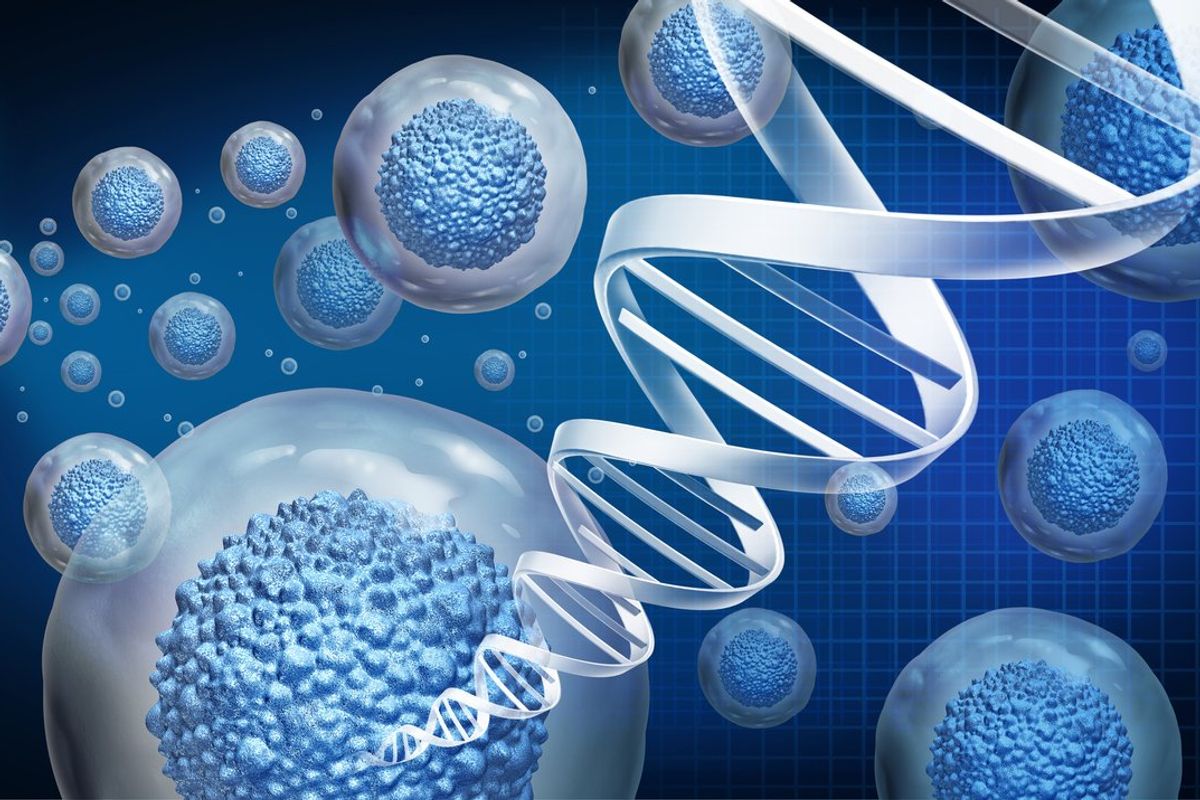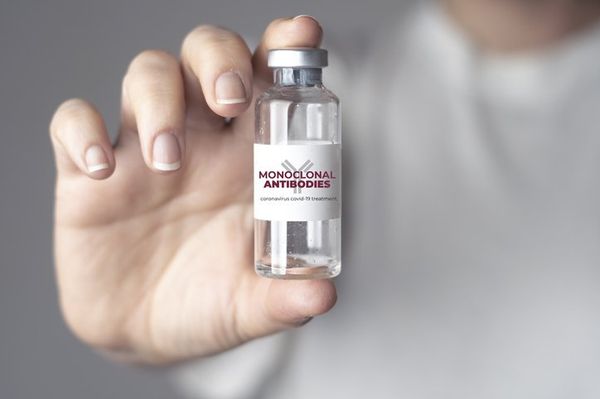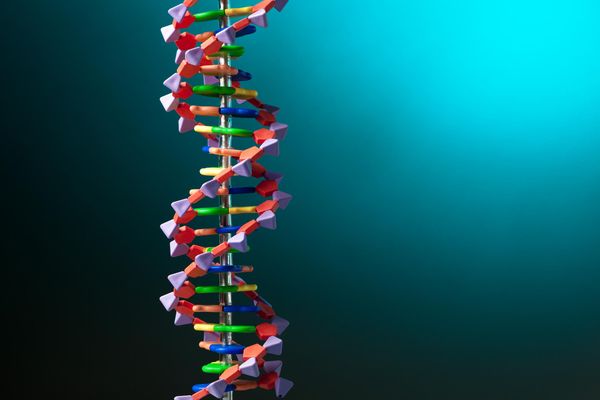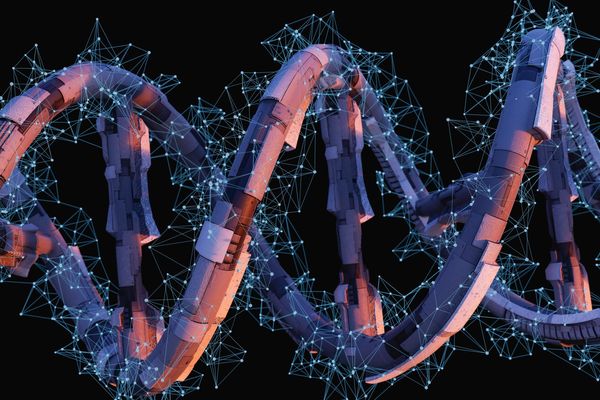Once the stuff of science fiction, gene and cell therapies are now saving and prolonging the lives of people with serious and fatal diseases.
These cutting-edge treatments let doctors give patients a chance at a biological “do-over.” Cell therapies “reset” patients’ immune systems, while gene therapies change or delete genes that cause disease.
Here’s what you need to know about what cell and gene therapy are and how they work.
What are cell and gene therapy?
Some people think gene therapy and cell therapy are the same thing, but there are important differences.
With cell therapy, doctors insert new cells of a specific type into your body to repair or replace damaged tissues. Doctors may gather your own cells, then use the therapy to multiply new, healthy cells in the lab before returning them to your body. In other cases, healthy donors provide the new cells. Stem-cell transplants (also called bone marrow transplants) are an example of cell therapy.
Gene therapies change the genes inside your cells to treat an inherited or acquired disease. With gene therapy, doctors “fix” a mutated gene (a gene that has changed and no longer works the way it should) or replace a mutated gene with a healthy copy by inserting new genetic material into your cells.
How do cell and gene therapy work?
Preparing and administering cell and gene therapies is a complicated and expensive process. And healthcare providers and other hospital staff must receive extensive training on how to store and handle the cells.
Here’s one example of how one therapy — chimeric antigen receptor (CAR) T-cell therapy — is used to treat some blood cancers. This therapy changes the genes inside your T cells, a type of immune cell, and trains them to find and kill cancer cells.
Here is how the process works:
- Your healthcare provider collects T cells from your blood.
- Scientists in the lab add a gene that helps the T cells attach to a specific part of the cancer cells.
- Scientists in the lab grow many copies of the altered cells, which are now called CAR T cells. This can take several weeks.
- Your doctor will put the CAR T cells into your bloodstream so they can attack the cancer cells.
What diseases can cell therapy treat?
Cell therapies have been successful in treating a variety of conditions and diseases, including:
- Autoimmune disorders
- Spinal cord injuries
- Multiple myeloma
- Neurological disorders
- Some forms of leukemia
- Some forms of lymphoma
What diseases can gene therapy treat?
Currently, FDA-approved gene therapies can be used to treat these and other conditions:
- RPE65 mutation-associated retinal dystrophy
- Hemophilia B (congenital factor IX deficiency)
- Spinal muscular atrophy (SMA)
- Beta thalassemia
- Duchenne muscular dystrophy
What are the risks of gene and cell therapy?
Both gene and cell therapies can cause life-threatening side effects, so you’ll need to receive treatment in a large medical center where all staff have received special training.
In cell therapy, which resets the immune system, your body will temporarily be unable to fight off infections. Your immune system may also ramp up to dangerous levels. You can get cytokine release syndrome (CRS) when the multiplying new cells flood the bloodstream with chemicals called cytokines. CRS can lead to severe breathing and heart problems, along with dangerous fevers, headaches, vomiting and diarrhea.
Other possible cell therapy side effects include allergic reactions, dangerously low mineral levels in the blood and low blood cell counts.
Gene therapy requires the use of a carrier, often a virus whose genes have been changed, to deliver the new gene to your cells. Your body may respond to the treatment as a threat. If that happens, your immune system can overreact and cause severe inflammation and even organ failure.
It’s also possible that the treatment can target the wrong cells, introduce new infection or cause a tumor if the new genes are put in the wrong place in your DNA.
What are the benefits of gene and cell therapy?
The biggest potential benefit of gene and cell therapy is the chance to treat or cure a fatal or serious illness that has limited treatment options. Gene and cell therapies treat the underlying cause of disease at the cellular level. When treatment is successful, these disorders stop getting worse or may even go away completely.
Humans have about 20,000 genes, and those genes carry DNA, which tells your cells how to behave. This means that gene therapies create changes at the body’s most basic level. Because of that, gene therapies are usually one-time treatments. Some cell therapies are once-in-a-lifetime treatments, but others may need to be repeated in the case of certain diseases, like blood cancers.
Gene and cell therapy now and in the future
Since 2017, the FDA has approved 32 gene and cell therapies, and more approvals are sure to come in the months and years ahead. The American Society of Gene and Cell Therapy (ASGCT) reports that almost 3,000 gene therapies and cell therapies are in clinical development as of 2023. That’s in addition to the 850 cell therapies currently being developed, says the ASGCT.
This is an impressive start to saving and prolonging lives. Thankfully, research into how gene and cell therapies can treat many other diseases is ongoing and even more treatments are on the horizon.
This educational resource was created with support from Bio.






